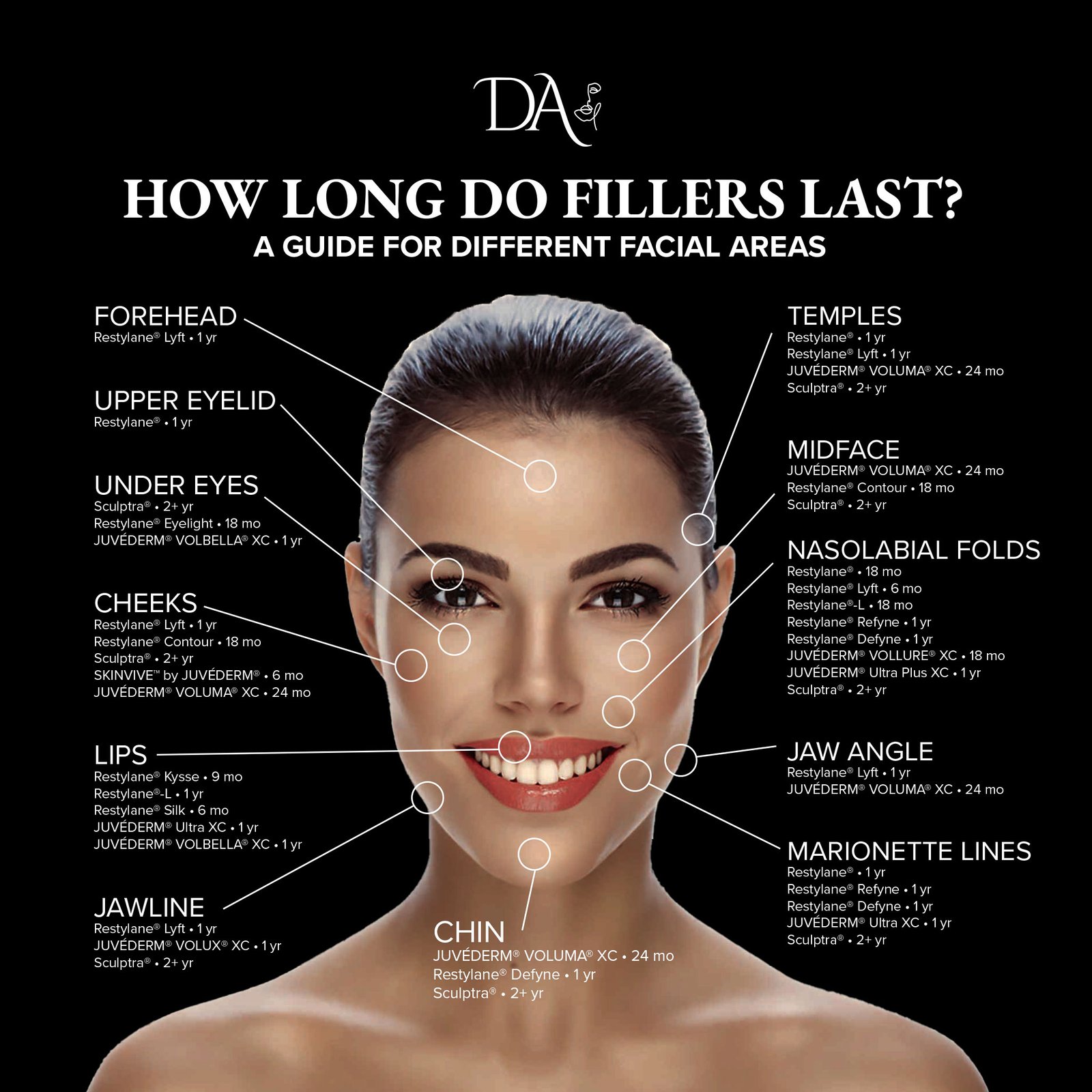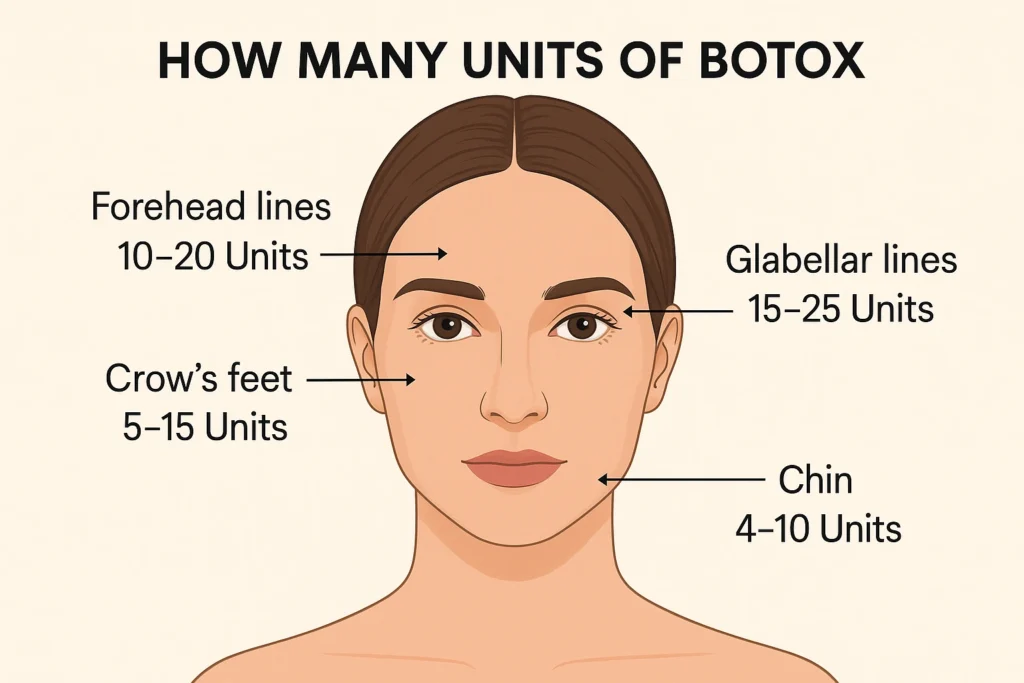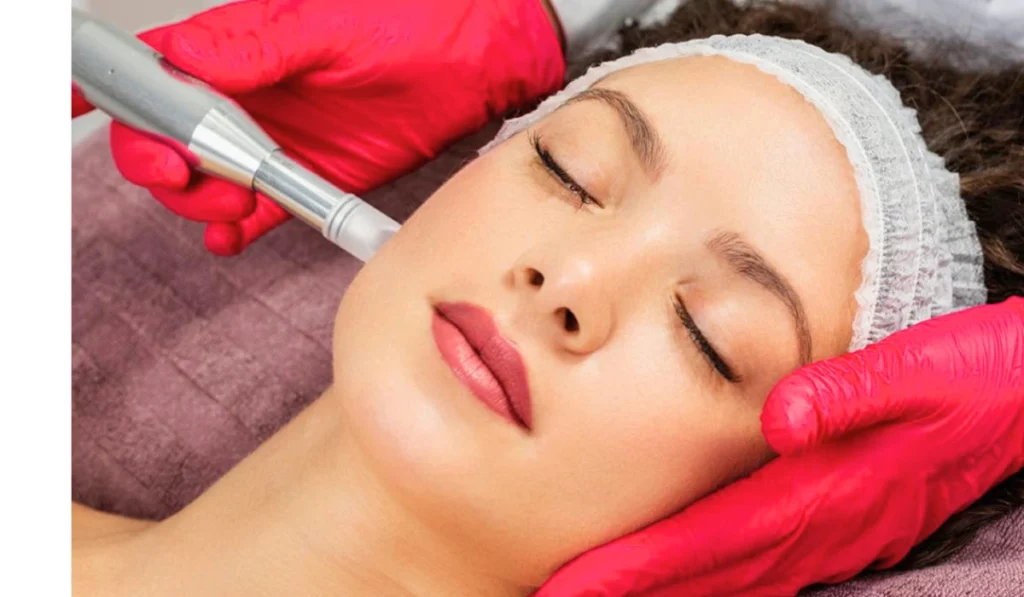Fillers are a popular choice for enhancing facial features. They provide immediate results with minimal downtime.
When considering fillers, one common question is: How long do fillers last? Understanding the longevity of fillers helps in planning treatments and managing expectations. Fillers can be used to smooth wrinkles, plump lips, and contour the face. The duration of their effect varies based on the type of filler, the area treated, and individual factors like skin type and lifestyle.
Some fillers last for several months, while others can last up to two years. Knowing what to expect helps in making informed decisions about facial rejuvenation. In this post, we will explore the different types of fillers and their expected durations, helping you choose the best option for your needs.
Introduction To Dermal Fillers
Dermal fillers have become a popular choice for those seeking to enhance their appearance. These non-surgical treatments can help smooth wrinkles and add volume. They offer a quick and effective way to achieve a youthful look.
What Are Dermal Fillers?
Dermal fillers are gel-like substances injected under the skin. They help restore lost volume and smooth lines. The most common fillers contain hyaluronic acid, a substance naturally found in the skin.
Fillers can also contain other substances like calcium hydroxylapatite or poly-L-lactic acid. These ingredients help stimulate collagen production. This leads to longer-lasting results.
Common Uses Of Fillers
Fillers have a variety of cosmetic applications. Here are some of the most common uses:
- Lip Enhancement: Fillers can make lips look fuller and more defined.
- Cheek Volume: They can add volume to sunken cheeks.
- Wrinkle Reduction: Fillers smooth out fine lines and wrinkles.
- Nasolabial Folds: These are the lines running from the nose to the mouth.
- Jawline Contouring: Fillers can define the jawline and reduce sagging.
Many people choose fillers for their quick results and minimal downtime. The procedure is often completed within an hour. Results can be seen almost immediately.
Fillers offer a versatile solution for various cosmetic concerns. They provide a non-surgical option for those seeking subtle changes. This makes them a popular choice among many individuals.
Types Of Fillers
When considering facial fillers, it’s essential to understand the various types. Different fillers have unique properties and longevity. Learning about each type helps you make an informed decision. Here’s a breakdown of the most common types of fillers.
Hyaluronic Acid Fillers
Hyaluronic Acid Fillers are popular due to their natural look. They work by attracting water to the injected area. This adds volume and smooths wrinkles. The effects last between six to 18 months. These fillers are often used in the cheeks, lips, and around the eyes.
Calcium Hydroxylapatite Fillers
Calcium Hydroxylapatite Fillers provide a longer-lasting result. They stimulate collagen production, enhancing skin texture. The effects can last up to a year or more. These fillers are ideal for deeper wrinkles and facial contouring.
Poly-l-lactic Acid Fillers
Poly-L-Lactic Acid Fillers gradually replace lost collagen. They work well for facial volume restoration. The results improve over several months and can last up to two years. These fillers are suitable for deep wrinkles and facial folds.
Polymethyl Methacrylate Fillers
Polymethyl Methacrylate Fillers offer a semi-permanent solution. They consist of tiny beads suspended in a gel. The body cannot absorb these beads, providing long-lasting volume. These fillers are used for deep wrinkles and scars.
Factors Influencing Filler Longevity
Understanding the longevity of fillers is crucial for anyone considering these treatments. Various factors can influence how long fillers last. Knowing these factors helps in making informed decisions and setting realistic expectations.
Type Of Filler
The type of filler used plays a significant role in its longevity. Hyaluronic acid fillers, like Juvederm and Restylane, usually last between six months to a year. Calcium hydroxylapatite fillers, such as Radiesse, can last up to 18 months. Poly-L-lactic acid fillers, like Sculptra, may last more than two years. Choosing the right type depends on your needs and desired duration.
Area Of Injection
The area where the filler is injected also affects its lifespan. Fillers in high-movement areas, such as lips, tend to break down faster. Fillers in less mobile areas, like under the eyes, often last longer. This is due to the difference in muscle activity, which can accelerate filler degradation.
Individual Metabolism
Individual metabolism is another key factor. People with faster metabolisms may find that their fillers do not last as long. This is because their bodies break down the filler material more quickly. On the other hand, those with slower metabolisms may enjoy longer-lasting results.
Average Duration Of Fillers
Curious about how long fillers last? The duration varies by type. Knowing the average duration helps you plan your beauty treatments better. Let’s explore the lifespan of different fillers.
Hyaluronic Acid
Hyaluronic acid fillers are popular for their natural look. They typically last between 6 to 12 months. Common brands include Juvederm and Restylane. These fillers are absorbed by the body over time. Touch-ups may be needed to maintain the effect.
Calcium Hydroxylapatite
Calcium hydroxylapatite fillers have a longer duration. They usually last around 12 to 18 months. Radiesse is a well-known brand in this category. These fillers are thicker and provide more volume. They stimulate collagen production, enhancing their longevity.
Poly-l-lactic Acid
Poly-L-lactic acid fillers work differently. They last up to 2 years. Sculptra is a common brand. These fillers stimulate collagen production over time. Results improve gradually, making them ideal for long-term volume enhancement.
Polymethyl Methacrylate
Polymethyl methacrylate fillers offer permanent results. Bellafill is a popular option. These fillers contain tiny beads that stay in place. They provide lasting volume and structure. Regular maintenance is not required.
| Filler Type | Common Brands | Average Duration |
|---|---|---|
| Hyaluronic Acid | Juvederm, Restylane | 6-12 months |
| Calcium Hydroxylapatite | Radiesse | 12-18 months |
| Poly-L-Lactic Acid | Sculptra | Up to 2 years |
| Polymethyl Methacrylate | Bellafill | Permanent |
Expert Tips For Prolonging Filler Effects
Fillers can enhance your appearance and boost confidence. But how long do fillers last? The duration varies, but you can take steps to prolong their effects. Here are expert tips for prolonging filler effects.
Proper Aftercare
Proper aftercare is crucial for maintaining filler results. Follow your practitioner’s advice carefully. Immediately after treatment, avoid touching the treated area. This helps prevent infection and displacement of the filler. Use gentle skincare products to avoid irritation. Avoid excessive facial movements to let the filler settle.
Stay hydrated. Drinking plenty of water keeps your skin plump and healthy. Avoid exposure to extreme temperatures. Heat from saunas or cold from ice packs can affect your filler. Protect your skin from the sun. Use sunscreen daily to prevent UV damage, which can break down fillers faster.
Healthy Lifestyle Choices
Healthy lifestyle choices impact the longevity of fillers. Maintain a balanced diet rich in vitamins and antioxidants. These nutrients support skin health and prolong filler effects. Avoid smoking. Smoking reduces blood flow to the skin, causing fillers to break down faster. Limit alcohol intake. Alcohol dehydrates the skin and accelerates filler degradation.
Regular exercise promotes good circulation, which helps maintain filler results. Aim for moderate, consistent physical activity. Manage stress levels. High stress can negatively affect your skin and fillers. Practice relaxation techniques such as meditation or yoga.
Regular Maintenance Treatments
Regular maintenance treatments help keep your fillers looking fresh. Schedule follow-up appointments with your practitioner. They can monitor your filler and recommend touch-ups as needed. Smaller, regular touch-ups are often more effective than waiting for the filler to wear off completely.
Choose a reputable and experienced practitioner for your treatments. Experienced professionals ensure the best results and longevity. Communicate your goals and concerns with your practitioner. They can tailor your treatment plan to meet your needs.
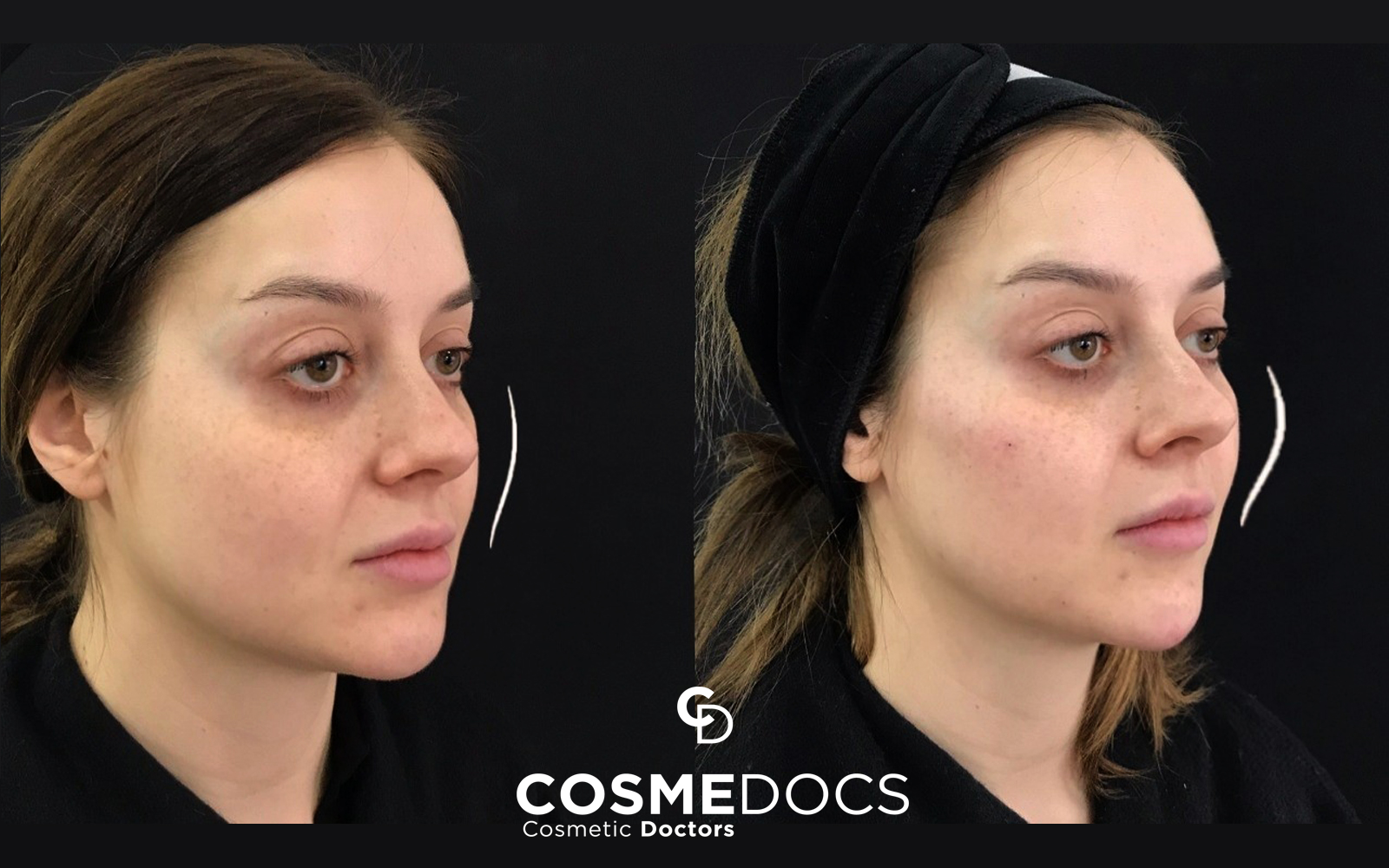
Credit: www.cosmedocs.com
Signs That Fillers Are Wearing Off
Fillers typically last 6 to 18 months. Signs of wearing off include less volume and the return of wrinkles. Regular touch-ups help maintain desired results.
Fillers enhance facial features and reduce signs of aging. Over time, they begin to wear off. Knowing the signs helps you decide on the next steps.Gradual Loss Of Volume
One sign is a gradual loss of volume. Initially, fillers add fullness to cheeks and lips. As fillers wear off, this fullness fades. The face may look less plump. This process is slow and happens over months.Return Of Wrinkles And Fine Lines
Another sign is the return of wrinkles and fine lines. Fillers smooth out these lines, making the skin look youthful. Over time, these lines reappear. They may start as faint lines and become more noticeable. This indicates the filler is wearing off. “`When To Consider Touch-ups
Touch-ups might be needed when fillers start to fade, usually after 6 to 18 months. Regular maintenance helps keep the desired look.
Fillers are a great way to enhance your appearance. They smooth out wrinkles and add volume. But fillers don’t last forever. So, when is the right time for touch-ups? This depends on many factors. These include the type of filler and your body’s reaction. It also involves your goals and lifestyle.Consulting Your Practitioner
Always talk to your practitioner first. They know your treatment history. They can assess the current state of your fillers. They will check how well your body is holding up the filler. This helps in deciding the timing for touch-ups. Your practitioner can guide you on the right intervals. They can also suggest other treatments if needed. Their expertise ensures you get the best results. Regular consultations help maintain a natural look.Optimal Timing For Touch-ups
The timing for touch-ups varies. Typically, fillers last between 6 to 18 months. Some may last longer. For example, hyaluronic acid fillers often need touch-ups every 6 to 12 months. Keeping an eye on your appearance helps. Notice any changes in volume or wrinkles. These signs suggest it’s time for a touch-up. Early touch-ups can prolong the effects of the filler. Scheduling touch-ups before the filler completely wears off is key. This helps in maintaining a consistent look. It avoids sudden changes in your appearance. Regular touch-ups also ensure you use less filler over time. This can be cost-effective. Plan your touch-ups in consultation with your practitioner. They will help you find the perfect timing. “`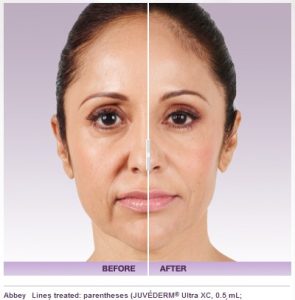
Credit: www.mclainsurgicalarts.com
Potential Risks And Side Effects
Injectable fillers are popular for enhancing facial aesthetics. But it’s essential to know their risks and side effects. Understanding these can help you make an informed decision.
Common Side Effects
Most side effects from fillers are minor and temporary. These can include:
- Redness: The treated area may appear red for a few days.
- Swelling: Swelling is common but usually subsides within a week.
- Bruising: Minor bruising can occur at the injection site.
- Itching: Some patients report mild itching post-procedure.
These side effects are generally short-lived and resolve on their own. If symptoms persist, consult your healthcare provider.
Rare Complications
Although rare, some complications can arise from fillers. These include:
| Complication | Description |
|---|---|
| Infection: | Infections can occur but are uncommon. Proper hygiene reduces this risk. |
| Nodules: | Firm lumps may form under the skin. These may need medical treatment. |
| Allergic Reactions: | Some people may experience allergic reactions to the filler substance. |
| Vascular Complications: | In rare cases, fillers can block blood vessels. This requires immediate attention. |
It’s crucial to choose a qualified practitioner to minimize these risks. Always discuss potential complications with your provider before proceeding.
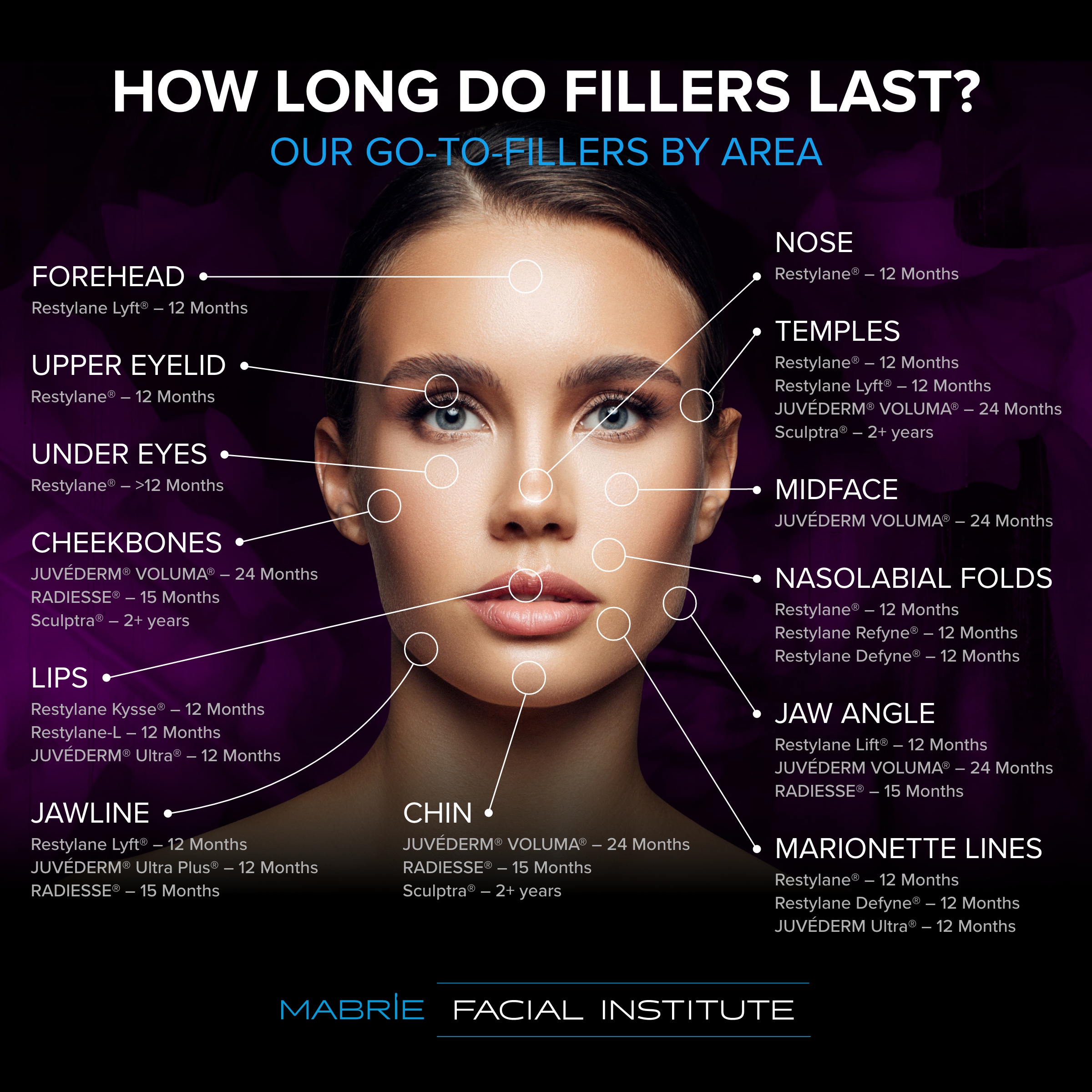
Credit: www.yourfaceinourhands.com
Frequently Asked Questions
How Long Do Fillers Last?
Fillers typically last between 6 to 18 months. The duration depends on the type of filler and the area treated.
What Affects Filler Longevity?
Factors such as metabolism, the type of filler used, and the treatment area can affect how long fillers last.
Are Fillers Permanent?
No, fillers are not permanent. They gradually break down and are absorbed by the body over time.
Can Fillers Last Longer With Touch-ups?
Yes, regular touch-ups can help maintain the desired results and may extend the longevity of fillers.
Conclusion
Fillers can last anywhere from a few months to two years. The duration depends on the type of filler and individual factors. Regular touch-ups help maintain desired results. Always consult with a qualified professional for personalized advice. This ensures the best outcome for your unique needs.
Understanding the longevity of fillers helps set realistic expectations. Ready for a refreshed look? Fillers might be the right choice for you.

